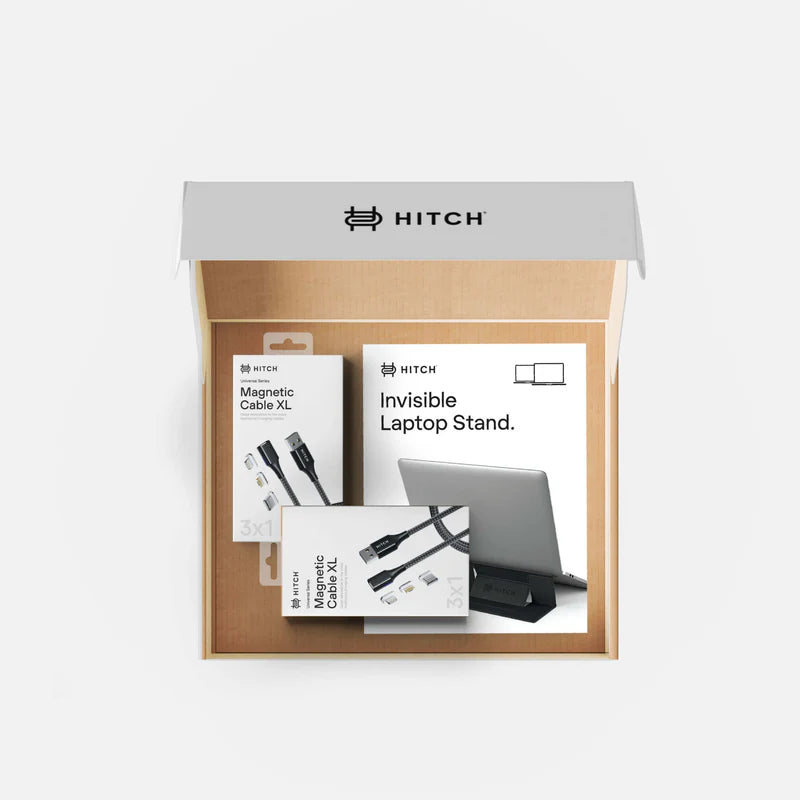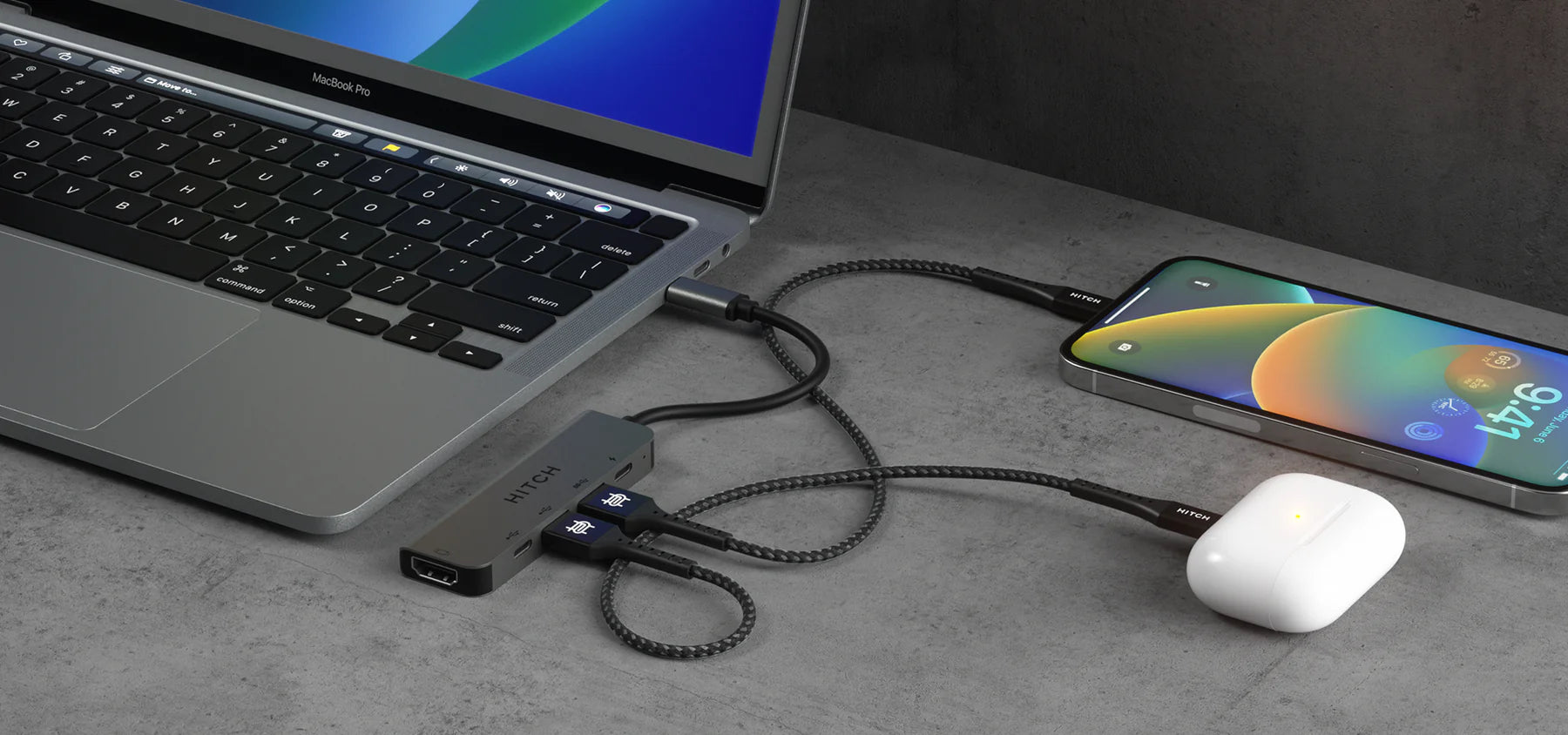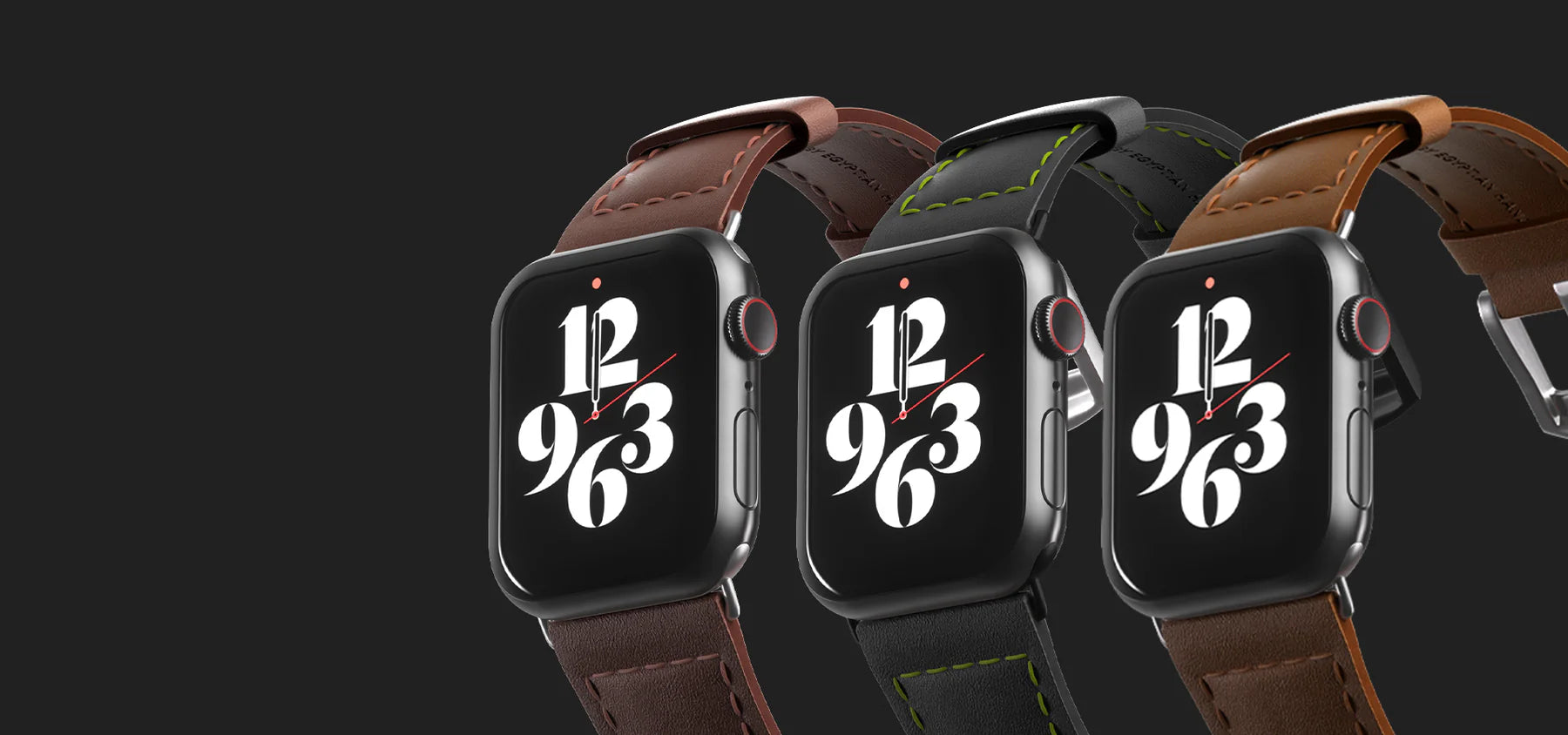Estimated reading time: 7 minutes
- Overview of Cable Types: USB-C vs Lightning
- Advancements in Charging Technology
- Charging and Data Transfer Speeds
- Adapting to Change
- Environmental Impact and User Experience
- Pros and Cons
- Conclusion
In today's fast-paced tech environment, the iPhone charger cable we use is a topic of much debate. Two prevalent types are the lightning cable and the newer cable type c, also known as USB-C. Both play vital roles in the ecosystem of Apple devices and have their merits and caveats. This analysis aims to pit the apple lightning cable against the Apple USB-C charger to discern which is the better option for users.
Advancements in Charging Technology
In recent years, advancements in technology have seen a significant shift towards USB-C as the new standard for charging and data transfer. Unlike the lightning cable, USB-C offers a higher power throughput and faster data transfer rates, making it a more efficient option for today's fast-paced world. The move towards USB-C also signals a shift towards a more universal and standardized approach across devices, allowing users to have a single cable for multiple devices, thereby reducing electronic waste and simplifying the user experience.
Charging and Data Transfer Speeds
When it comes to charging and data transfer, the power delivery (PD) feature of the USB-C cable is a significant advancement. A 2x1 USB-C cable with 60w PD can deliver faster charging speeds, making it a quicker option for recharging devices. The USB-C to Lightning cable is another example, facilitating 18w PD Fast Charge thanks to its original C94 Chip, allowing faster data transfer and charging for iPhone users. Moreover, beyond just the speed, USB-C cables offer a reversible connector, making it far more convenient than previous USB types, which required the connector to be oriented correctly. The user-friendly design reduces wear and tear, extending the lifespan of both the cable and the devices it connects.
Adapting to Change
The transition from the exclusive Lightning port to the multifaceted USB-C is a reflection of the industry's evolution towards a more standardized charging and data transfer solution. The introduction of USB-C in MacBooks and iPads underscored this shift, hinting at the company's willingness to embrace a universal port that allows a broader range of devices to connect seamlessly.
In an increasingly interconnected world, consumers benefit from the convenience of carrying fewer cables. Accessories that support USB-C, like the 20w lightning to USB-C Cable, are not only advantageous for Apple users but also Android users, creating a cross-platform harmony previously unachieved.
Environmental Impact and User Experience
With Apple's increasing focus on environmental sustainability, a shift to USB-C could mean a reduced need for different types of cables, helping to minimize electronic waste. The magnetically enabled USB-C To Lightning Magnetic Cable illustrates innovation in this space, providing durability and ease of use while potentially being more environmentally friendly with reduced cable clutter. Moreover, as consumer electronics evolve, the push towards universal connectors is a boon for users. The integration of USB-C across Apple's product lines resonates with consumers' desire for a streamlined, simplified charging and data transfer experience.
Pros and Cons
The debate between the use of lightning cables and USB-C cables extends beyond just data transfer speeds and compatibility. Let's delve deeper into the advantages and disadvantages of each to discern the ideal choice for users.
Lightning Cable Advantages:
- User-Friendly: Apple's lightning cables offer unparalleled ease of use with a reversible connector, eliminating the frustration of trying to plug it in the wrong way.
- Integration: For Apple device users, the lightning cable works seamlessly with all their devices, which is particularly convenient for those deeply invested in the Apple ecosystem.
- Reliability: Apple's strict certification ensures that lightning cables are generally reliable and less likely to malfunction compared to generic USB cables which may vary in quality.
Lightning Cable Disadvantages:
- Limited Use: The lightning cable is proprietary to Apple devices, so it cannot be used with gadgets outside the Apple ecosystem without an adapter.
- Cost: Due to the proprietary nature, Apple's lightning cables and accessories tend to be more expensive compared to their USB-C counterparts.
USB-C Advantages:
- Universal Compatibility: USB-C is becoming the standard for most modern electronics, making it a versatile choice for a wide range of devices.
- Future-Proof: As tech industries move towards a single universal port, the USB-C is recognized for its ability to handle future hardware requirements.
- High-Speed Charging and Data Transfer: USB-C can deliver power up to 100W and offers data transfer rates up to 10Gbps, suitable for more demanding tasks and fast charging capabilities.
USB-C Disadvantages:
- Transition Phase: Users will need to invest in new cables and accessories during the transition period from older connectors to USB-C, adding to electronic waste and costs.
- Variation in Quality: USB-C has a diverse market with varying levels of quality, and users must be wary to purchase cables that meet all of the standard's specifications to avoid potential damage to their devices.
Conclusion
Ultimately, choosing between a lightning to USB-C cable and a USB-C to lightning cable for your apple phone charger needs depends on both current device compatibility and future needs. As Apple moves closer to USB-C, it might be wise to consider investing in devices and accessories that are compatible with both standards, thereby future-proofing your technology investments.
For further evaluation and ensuring credible purchase decisions, users are encouraged to refer; not only to this discussion, but also to trusted sources on USB-C and reliable information on the Lightning connector.





Leave a comment
This site is protected by hCaptcha and the hCaptcha Privacy Policy and Terms of Service apply.